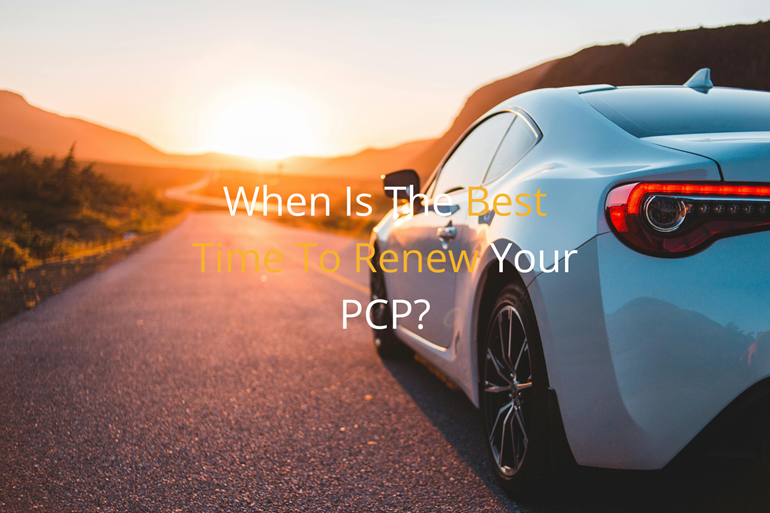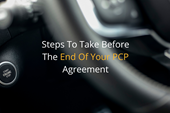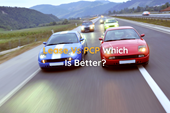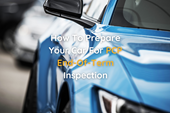
When Is The Best Time To Renew Your PCP?
Renew Your PCP The Right Way With Our Latest Guide
Quick Links
- 1 Minute Read: Renewing Your PCP the Right Way
- Introduction
- Should I Continue With PCP Or Lease My Next Car?
- Is My PCP At Risk Of Negative Equity?
- Understanding How PCP Works
- The Best Time To Renew, The Sweet Spot
- Early Renewal: When It Can Work
- Waiting Until The End, The Conservative Option
- How Market Timing Can Influence Renewal
- Tips To Make Renewal Work For You
- Final Thoughts
1 Minute Read: Renewing Your PCP the Right Way
If you’re reaching the end of your PCP agreement, timing your renewal can make a big difference to your finances and options. Renewing too early can put you in negative equity, while waiting too long might see your car’s value drop.
The sweet spot is usually within the last six months of your agreement. By this point, you’ll have a clear picture of your settlement figure, the car’s current market value, and any potential equity that could go towards your next vehicle. Dealers are often keen to retain customers during this window, so it’s also the best time to negotiate a strong renewal offer.
If your car’s value still exceeds what you owe, that positive equity can form the deposit for your next PCP. But if depreciation has outpaced your payments, Gap Insurance can help cover any shortfall if your car’s written off before the agreement ends.
Bottom line: Start reviewing your options around six months before your PCP ends. Understanding your equity, checking market conditions, and comparing deals early ensures your next move is financially sound, whether that’s renewing, returning, or switching to something new.
Introduction
If you’re driving a car on a Personal Contract Purchase (PCP) agreement, the time will eventually come to make a decision, keep it, return it, or start fresh with a new one. But when exactly is the best time to renew your PCP? It’s a question a lot of drivers ask, and for good reason. Renewing too early (or too late) can affect your finances, trade-in value and even your options for your next car.
Let’s take a closer look at what timing makes sense, what to watch out for, and how to make your renewal work to your advantage. Before we do, though, we’ll cover some of your burning PCP questions.
Should I Continue With PCP Or Lease My Next Car?
Leasing and PCP both offer drivers a chance to get a new(er) car with considerably lower monthly payments than hire purchase, car loans or buying outright. However, there are some noticeable differences between the two, offering different positives and negatives. Let’s weigh them both up for your next car purchase:
Continuing With PCP
Continuing with PCP makes sense if you like the familiarity of your finance agreement, as well as the option to buy the car at the end of the term. That said, if you’re reading this, you’re probably not considering buying this car, so why would you buy the next?
Although PCP usually has slightly higher deposits, there’s often less ‘restriction’ on your motoring compared to leasing, which could include more caveats about repairs and maintenance. What’s more, as PCP can be used to finance used or nearly new cars more often than leasing, you may find better deals.
Plus, if you’re trading in your current car, there could be some dealer incentives available.
Taking On A Lease
Leasing is often reserved for brand-new cars, so if you’re thinking about something straight off the production line, it could be for you.
Depending on the vehicle, monthly payments may actually be lower than those under a PCP, as you’re only covering the initial depreciation.
If you’re looking for the most straightforward way to use a car, without the headache of long-term ownership, leasing could be the next step.
We’ve covered this topic in more detail in our blog: Lease Vs PCP | Which Is Better?
Is My PCP At Risk Of Negative Equity?
Many PCP car drivers wrongly believe that negative equity doesn’t pose a risk to them, as they misunderstand the Guaranteed Future Value (GFV). Whilst a GFV (or GMFV as it’s sometimes known) signals how much the car will be worth (at least) at the end of the PCP agreement, provided there’s no significant damage or excess mileage, it doesn’t account for negative equity during the term of your ownership.
Most cars depreciate the moment you drive them off the forecourt, with values often dropping significantly in years 1-3. This value loss can be much faster than your PCP repayments account for, meaning that your car could be worth less than the amount you still owe, right up until the end of your agreement.
This is how many drivers end up in financial difficulty, if they repeatedly part-exchange their cars before the end
Pin It!













